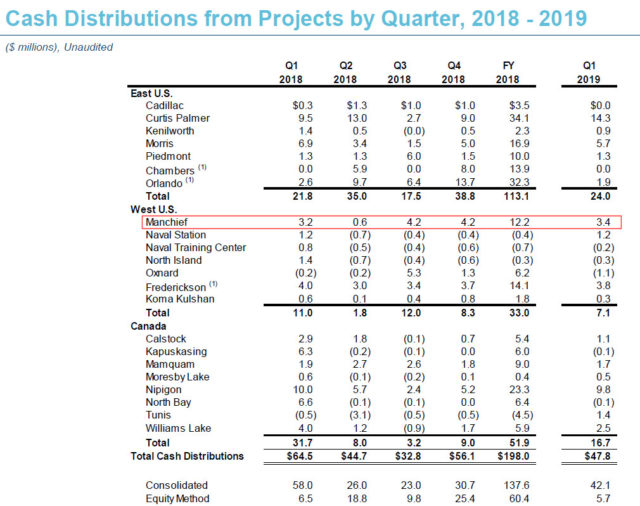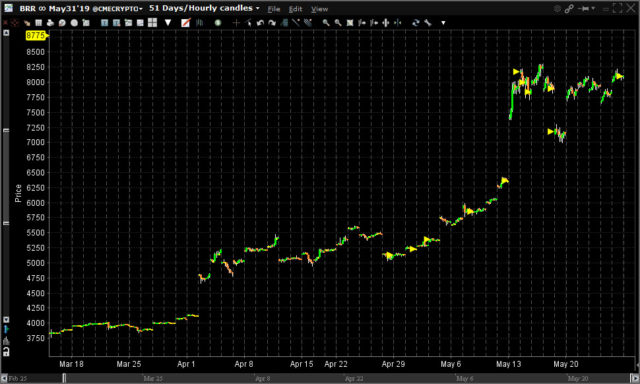I’ve written a lot about some cash parking options – whether they are short-term bond ETFs, or short-duration target-maturity ETFs. Interactive Brokers currently gives out 111bps on Canadian cash, but there are higher yielding options with less risk.
I’ve discovered another vessel for cash parking: a high interest savings ETF (TSX: PSA), which simply invests in cash accounts held at credible financial institutions (National Bank, Scotia, Manulife, and some BC credit unions). They give out a net yield of about 2% (215bps minus 15bps expenses) with zero duration risk, and this is paid out monthly. There is a market maker which keeps transaction spreads to a penny at ample levels of liquidity.
Even VSB.TO (Vanguard’s short term bond ETF) has a YTM of 190bps and an MER of 10bps, plus you take the 2.6 year duration risk if interest rates change.
I’m surprised I haven’t encountered the zero-duration option (aside from cold hard cash) before.
I’ve recently sold out what used to be my largest position and I’ve once again found deployment of cash to be a pleasant, yet annoying problem. Future returns are likely to be muted by the levels of cash in the portfolio.

